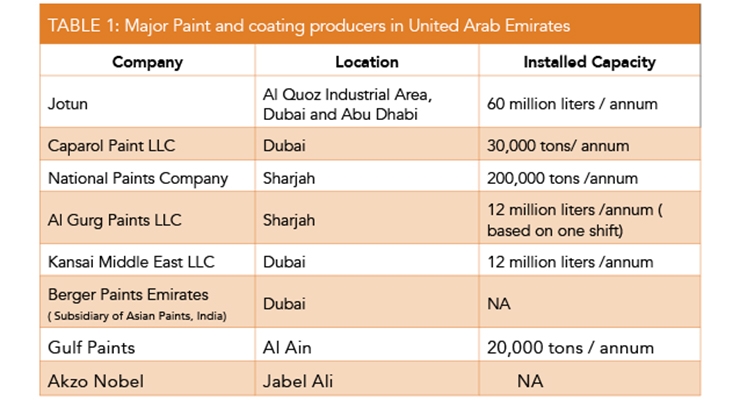Take A Look At The Growing Need Of Low-VOC Paints For Healthier Living Spaces, But Do The Downsides Make The Advantages Beneficial? Learn The Fact Within
Take A Look At The Growing Need Of Low-VOC Paints For Healthier Living Spaces, But Do The Downsides Make The Advantages Beneficial? Learn The Fact Within
Blog Article
Material Develop By-Melton Mcmahon
When you consider repainting your home, you may neglect the relevance of the paint's composition. Low-VOC paints are developed to reduce indoor air contaminants, making them a smarter selection for your family's wellness and the setting. While they feature particular disadvantages, like longer drying times, they likewise supply modern-day appearances and improved performance. You may ask yourself if the benefits truly exceed the drawbacks, specifically when you're aiming for a stylish finish. Comprehending the full scope of low-VOC options could change your point of view on your next paint task.
Understanding Low-VOC Paints
When you pick low-VOC paints, you're opting for an item that sends out fewer unstable organic substances, which can be dangerous to both your wellness and the environment.
VOCs are chemicals found in many paint products that can evaporate right into the air and add to indoor air contamination. By selecting low-VOC alternatives, you're reducing the number of these discharges, making your living space more secure.
Low-VOC paints usually contain 50 grams per litre or fewer VOCs, contrasted to standard paints that can include as much as 250 grams per litre. This implies that when you repaint your home with low-VOC products, you're not simply making a choice for looks; you're also taking a step in the direction of a much healthier indoor atmosphere.
These paints can be found in a selection of finishes and shades, so you will not need to compromise on style. They're suitable for both interior and exterior projects, providing toughness and coverage like their conventional counterparts.
Plus, many producers are now concentrating on creating low-VOC formulations without compromising efficiency. Recognizing arrowhead painting in portland -VOC paints empowers you to make informed choices for your home and health while adding to ecological preservation.
Conveniences of Low-VOC Options
Why choose low-VOC choices for your paint tasks? To begin with, they're better for your health and wellness. Low-VOC paints give off less unpredictable organic compounds, which means you minimize your exposure to dangerous chemicals. This is specifically important if you're repainting indoors or have children and pets at home.
You'll also appreciate the environmental advantages. These paints contribute much less to air pollution, making them a greener selection. By going with low-VOC alternatives, you're supporting sustainable methods and aiding to create a much healthier earth.
One more perk is the enhanced interior air high quality. Low-VOC paints help keep fresher air in your home, which can bring about a much more comfy living room.
And also, several low-VOC paints are equally as durable and long-lasting as traditional alternatives, so you will not give up top quality for security.
Ultimately, you'll discover a variety of colors and surfaces readily available in low-VOC solutions, so you can still accomplish the look you want without jeopardizing on your health and wellness or the setting.
Choosing low-VOC paints is a wise, responsible decision for your paint projects.
Possible Downsides to Think About
While low-VOC paints offer numerous advantages, there are some potential disadvantages to keep in mind. Read More In this article is their performance compared to standard paints. Low-VOC options might not always give the exact same level of longevity and insurance coverage, which can bring about even more constant touch-ups or a requirement for added coats. This can be discouraging and time-consuming during your paint project.
An additional concern is the drying out time. Low-VOC paints frequently take longer to completely dry than their high-VOC counterparts, which can prolong your task timeline. If you're on a limited timetable, this may be a disadvantage to think about.
You should additionally understand that low-VOC paints can occasionally have a different coating or texture. If you're aiming for a specific aesthetic, make sure to check examples to ensure the result meets your assumptions.
Last but not least, while low-VOC paints are generally more secure, they can still discharge some fumes. Proper ventilation is essential throughout and after application, so be prepared to air out your area successfully.
Conclusion
In conclusion, low-VOC paints are a clever option for any person aiming to produce a much healthier home setting. They lower indoor air pollution and are safer for your family members, specifically if you have youngsters or pets. While you may take care of even more frequent touch-ups and longer drying times, the benefits far surpass these disadvantages. With Read Home offered, switching over to low-VOC paints is an action towards sustainable living that you won't be sorry for.
